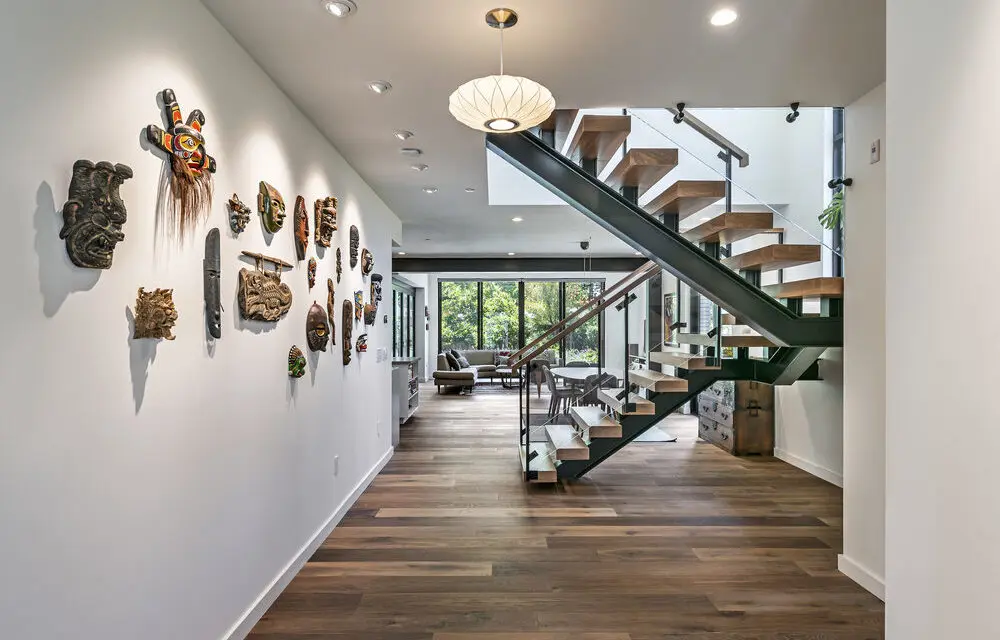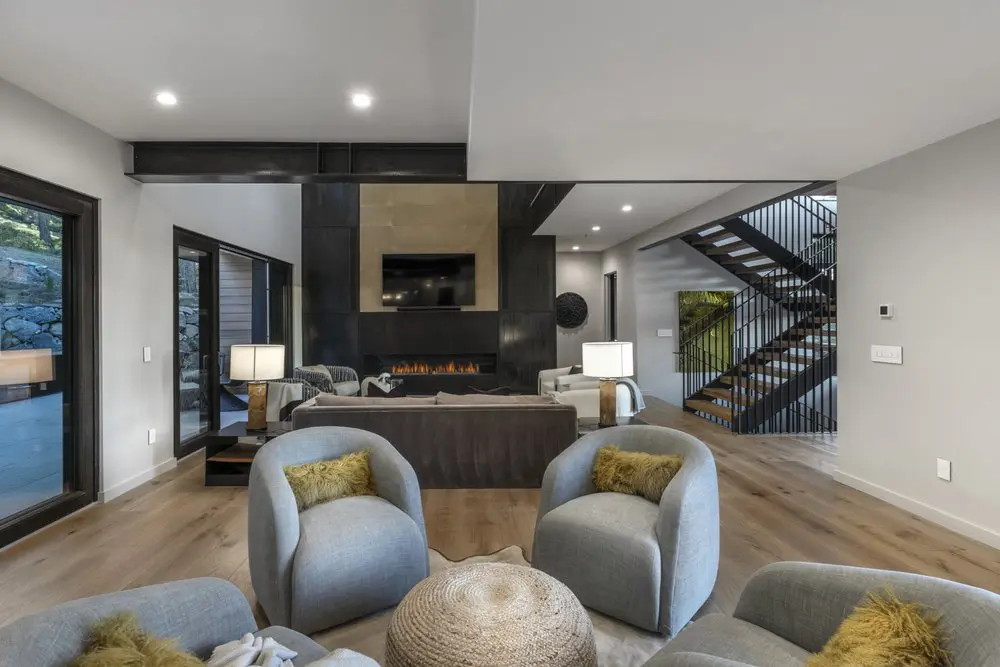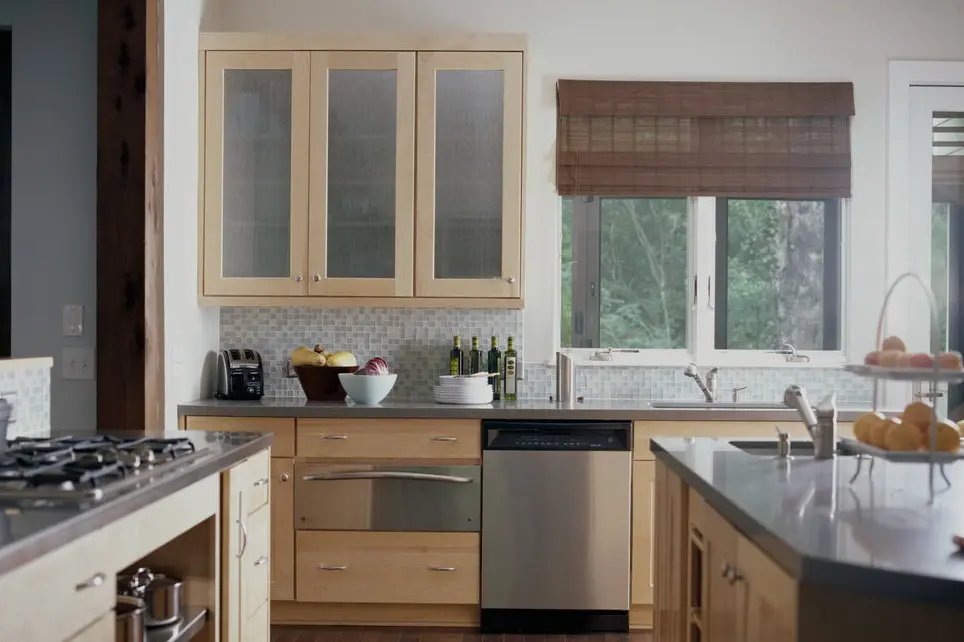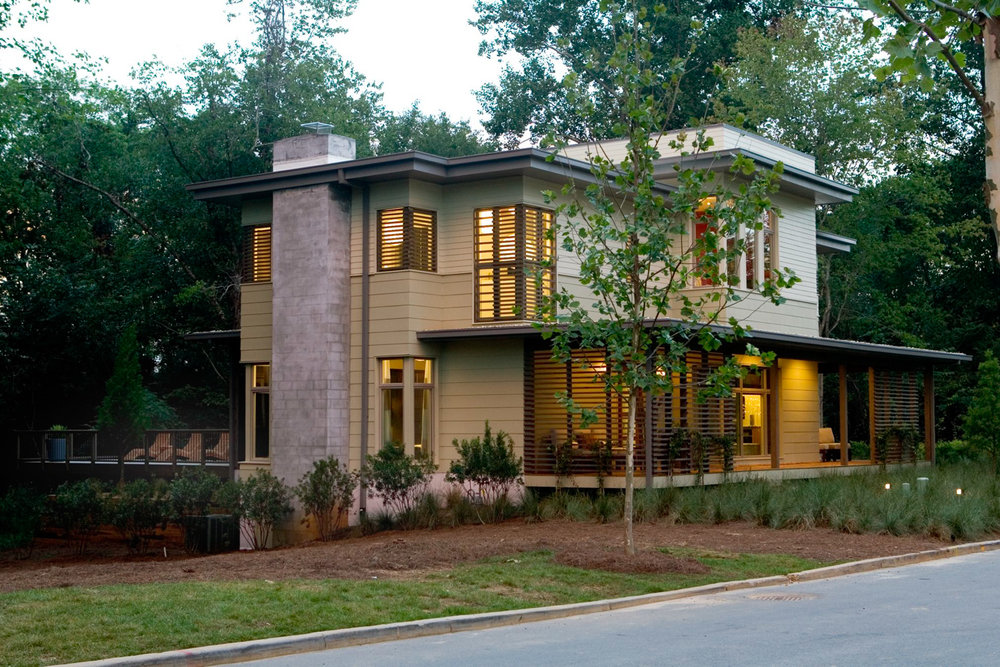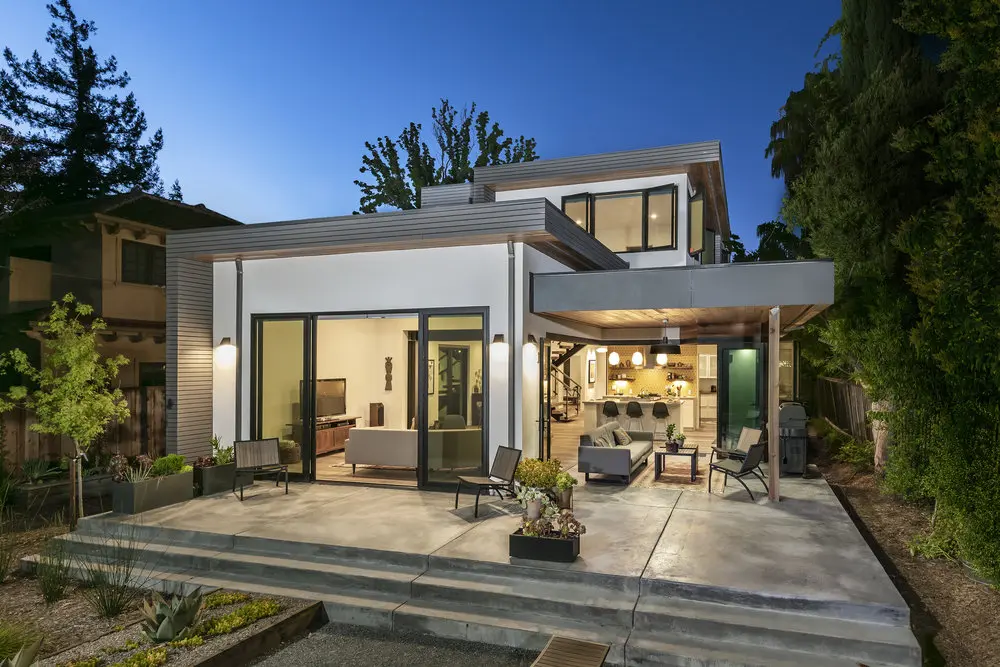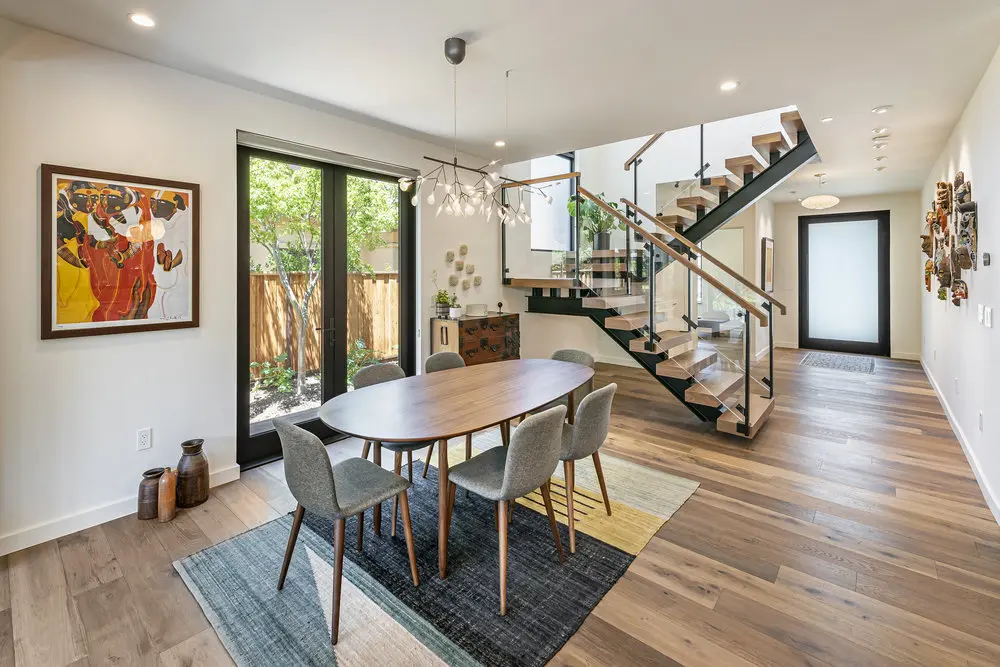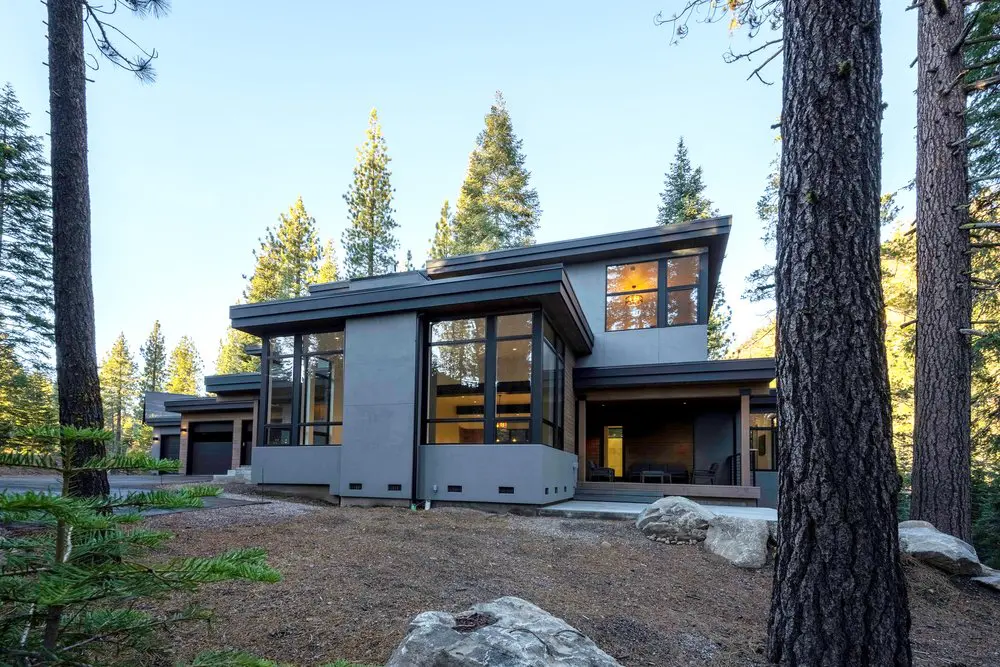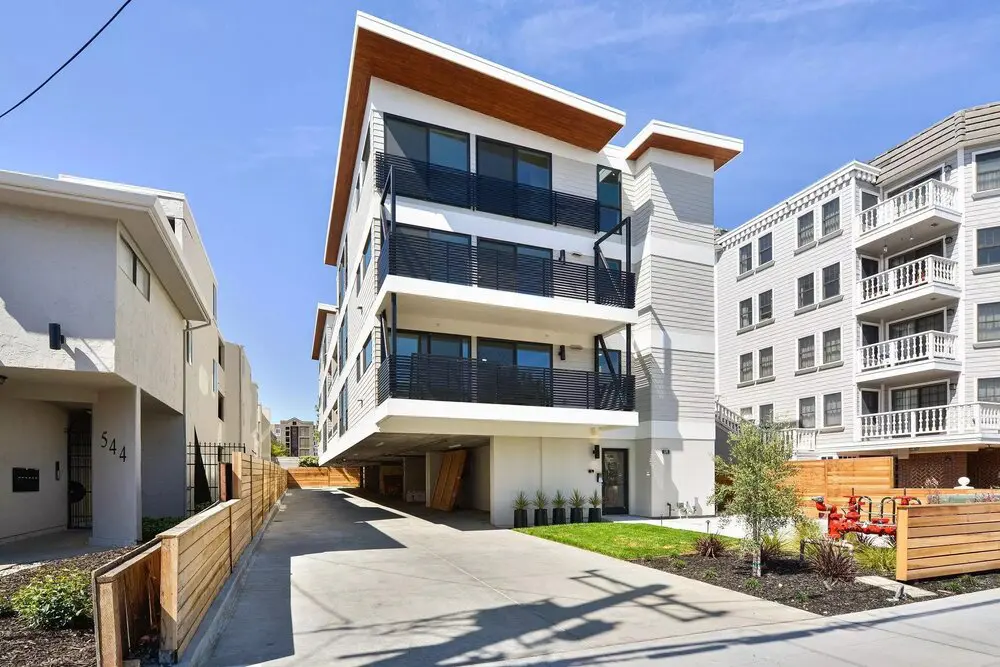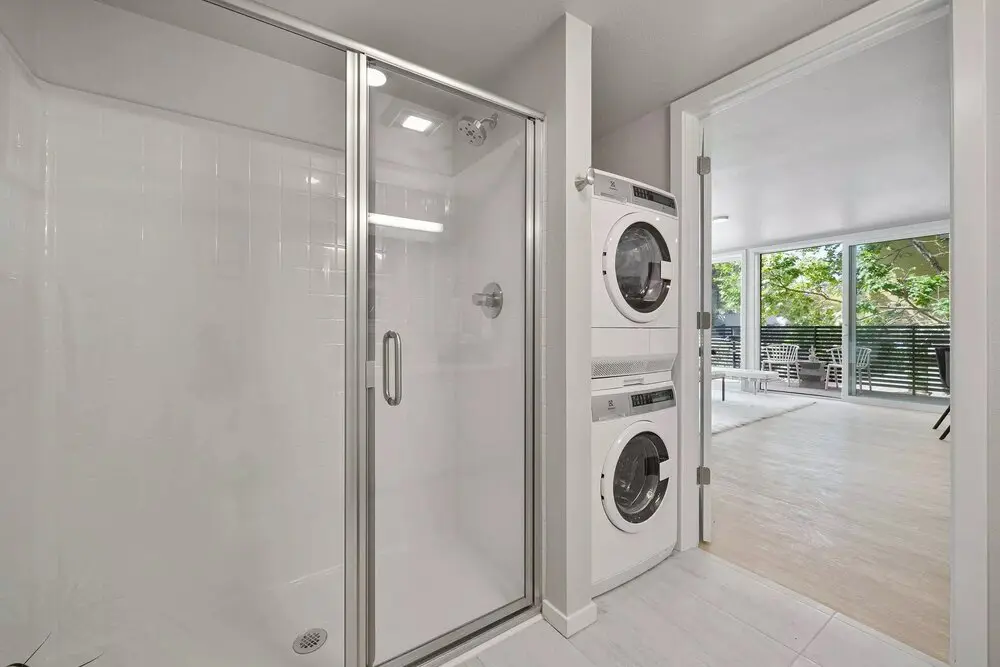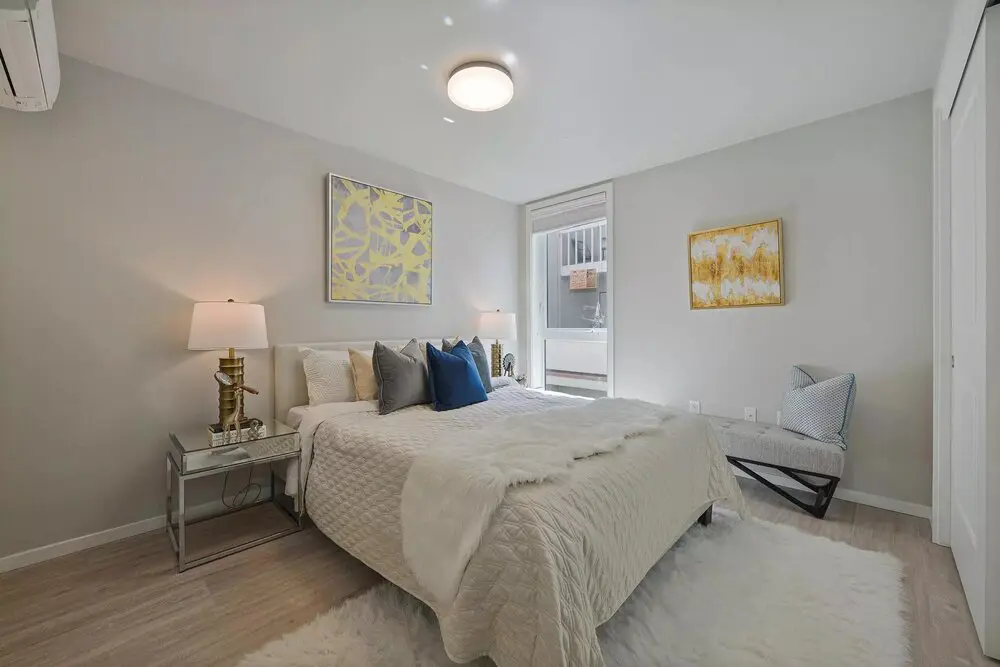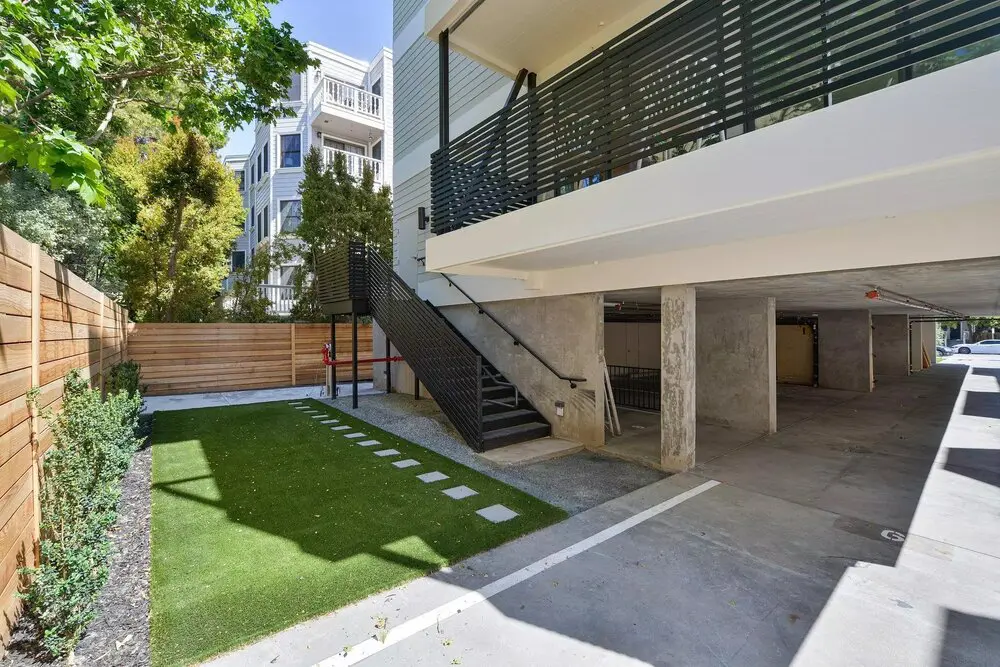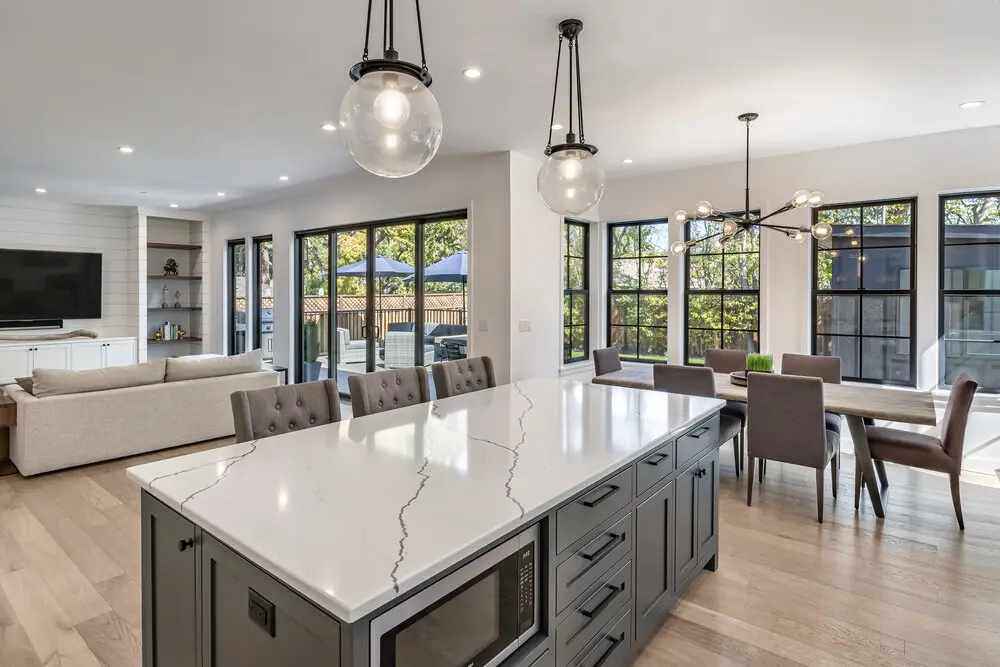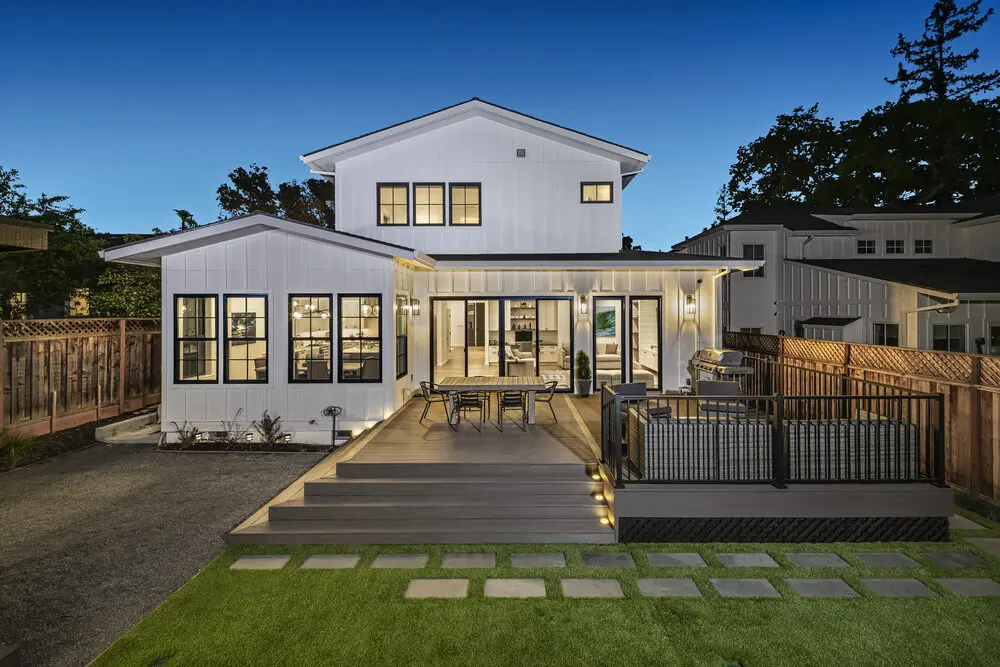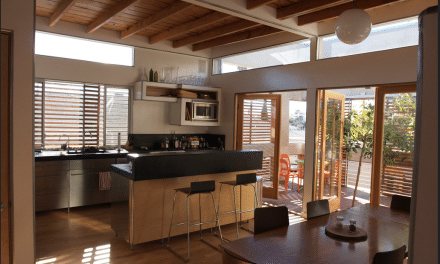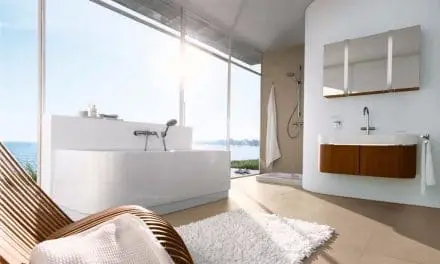Images Courtesy CleverHomes and tobylongdesign
We are proud to feature one of our valued sponsors.
CleverHomes works with homebuyers, manufacturers, and contractors to design personalized modular homes that challenge lingering, post-war preconceptions of cookie-cutter, flimsy prefab housing. High-end contemporary homes with striking modern lines and fine finishes and furnishings defy expectations and offer consistent, quality, sustainable construction: a balance of repeatability with flexibility. As a client-oriented, service company, CleverHomes is designing modular homes and panelized construction homes—unique and specific to each site. They provide specifications along with permitting assistance and construction coordination.
The process is coordinated by CleverHomes from start to finish. First, they meet with the client to understand the requirements and design language, then architects design the home to meet visual, functional, and sustainability requirements. Then they work with top modular and prefab manufacturers to ensure lower-cost, quality, and sustainability. CleverHomes understands how these factories operate and can leverage long-standing, ongoing relationships to benefit the client. This enables open minds and personalized designs, without reinventing the wheel. Further, mixing different options for modular and on-site construction provides unique advantages to each homeowner and each lot. Long experience and a network of trusted contractors ensures speedy construction on-site with minimal delays and change orders.
Featured home: Truckee, CA
Click images to see more.
A unique prescription for designing modular homes
Servicing clients who contract directly with experienced modular home fabricators and contractors, CleverHomes guides all phases of design and construction. Above all, CleverHomes designs according to the homeowner’s vision and the site, charging a fixed fee for their efforts. The base fee includes research on permitting processes and a financial planning framework for the full scope of the completed home. Only then does CleverHomes introduce clients to factory-partners, providing options and encouraging competition in the selection process.
Having worked with a variety of clients, fabricators, and contractors, CleverHomes is designing modular homes using a variety of templates that are then adapted to suit individual needs. No client is married to a single vendor with standard options and pricey upgrades. They’re carefully selecting materials and options, and CleverHomes is ready for changes and adjustments to account for factory preferences and opportunities discovered along the way.
For competitive pricing given the particular project type and location, CleverHomes can coordinate with multiple modular home vendors and experienced contractors. Clients may choose to purchase directly from the factory and hire a contractor for assembly and finishing; or the home and materials can be procured through a general contractor or builder.
Next, CleverHomes provides detailed specifications for efficient, integrated systems, appliances, finishes, and fixtures. And then follows through with project administration: coordination for design approvals and building permits; specifications and coordination with the factory; tracking work and approvals that are completed on-site; and construction support. No matter which CleverHomes factory-partner you choose, they assist their clients all the way through.
Featured home: Atlanta, GA
Click images to see more.
Costs
Generally speaking, CleverHomes clients spend about $250 to $350 per square foot to purchase a personalized modular home from the factory. (Remember, there’s no such thing as a base model.) Then depending on the jurisdiction, shipping, and specific site construction requirements, clients will likely double that ($500 to $600 per square foot) for total building investments for an average-sized home. Of course, multifamily projects, affordable and workforce housing, and luxury estates will vary widely in cost.
CleverHomes charges a fixed percentage (currently 12%) of the total construction budget. (No hidden markups!) This includes designing the modular home, engineering, specifications, documentation, and coordination.
Currently, CleverHomes is applying their experience and processes designing modular homes to a wide variety of project types. This includes single-family developments, multifamily projects, mixed-use and mid-rise construction, and luxury projects.
Featured home: Palo Alto, CA
Click images to see more.
What is a modular home?
SIPs, or structural insulated panels, are integral to the CleverHomes process, and have been since its beginnings. These non-framed, wall, floor, and ceiling elements are so square and well aligned with their foam cores that they far outperform stick-built walls with fiberglass insulation. Plus, they’re prefab and use less energy and raw materials to construct. The option of building with these prefab panels on-site can accommodate all sorts of site conditions and design styles, while still achieving the tight joins and seals that minimize air leakage and thermal bridging (i.e., heat conduction via the building elements themselves).
When a home is constructed and finished largely off-site in the factory and then shipped to the site to be stitched together, this is modular construction. The climate-controlled factory environment offers further advantages. Not only is it much safer for workers, it encourages precision, quality construction at speed, along with highly efficient use of materials, equipment, and skilled workers—even robotics and other, emerging technology solutions. Factory construction is unaffected by weather, particularly moisture that can expand, warp, or otherwise damage expensive materials. This also means tighter tolerances, joins, and seals, leading to more reliable thermal performance for the home.
Featured home: Olympic Village, CA
Click images to see more.
Modular minimizes disruptions
Factory workers themselves are usually employees, not traveling from job to job, resulting in lower vehicle miles traveled. And materials are purchased at scale, reducing costs, transportation emissions, and packaging waste. A modular home, even with customizations, is less expensive than having a crew of laborers on-site for months. Consequently, workers and heavy equipment are not traveling to the site daily over long periods, reducing traffic, noise, pollution, and other disruptions to the neighborhood.
Modular homes’ reliably accelerated construction timelines, perhaps 20% to 50% faster, can reduce aggravation and often save money for owners. This all comes together to make modular homes less expensive and far quicker to construct than traditional methods. There’s a smaller carbon footprint during construction, minimal impact on the site and the neighborhood, and their moisture- and air-tightness make these quality homes more efficient and comfortable over the long term.
Featured home: Multifamily in San Carlos, CA
Click images to see more.
The CleverHomes difference
Many modular home manufacturers and contractors now have extensive experience with using both resource-efficient steel frame and traditional wood construction methods. So CleverHomes looks at different manufacturers when designing modular homes, exploring multiple price points attractive to affordable-home and mid-range buyers, as well.
CleverHomes has many years of experience designing modular homes and avoiding pitfalls all the way through to onsite assembly, commissioning, and handing over the keys. Post-occupancy, it’s possible to make cosmetic upgrades and even add modules to the home, (e.g., a second floor, side addition, or an in-law apartment). When they’re fabricated in the same factory, these additions can be seamless, with little difference between the original structure and the added module(s).
Featured home: Menlo Park, CA
Click images to see more.


